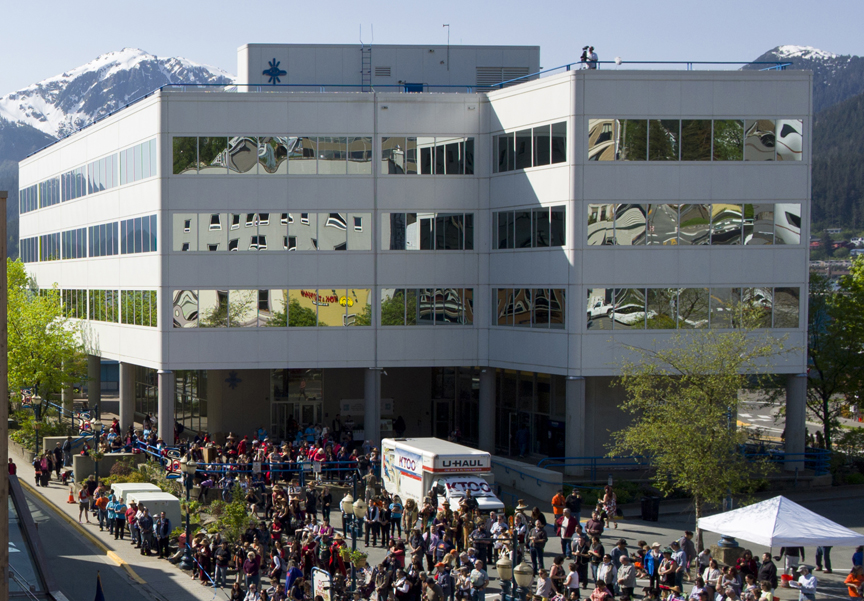Southeast regional Native corporation Sealaska has announced the purchase of a minority stake in Independent Packers Corporation, a Seattle-based seafood processor.
The announcement, made by email Monday morning, comes a week after the company announced 2015 results that show in-house revenue on the rise.
[Sealaska’s 2015 annual report shows net income of $12 million.]
Sealaska Chief Operating Officer Terry Downes said the purchase announced Monday is “our first foray” into seafood and part of Sealaska’s shift into businesses familiar to its 22,000 shareholders.
“It straddles Southeast Alaska and the Pacific Northwest,” Downes said. “We want to have our businesses be really relevant to the ownership.”
In the 1980s, Sealaska owned (through a subsidiary) Seattle Seafoods and Seafood Packers Inc., two Washington-based firms that were subsequently sold to Trident Seafoods. It has also previously invested in mariculture operations to grow shellfish.
Downes declined to disclose the size of Sealaska’s investment or what percentage the minority share will be.
Independent Packers president Jeff Buske did not respond to inquiries before press time.
Independent Packers is a custom-processing company that works “in the middle of the supply chain,” Downes said.
It doesn’t catch fish and it doesn’t sell them in stores. Rather, it finishes filets and products on behalf of other companies, effectively acting as a third-party contractor.
According to Sealaska’s initial announcement, IPC has approximately 130 employees in Seattle and works principally with red and king salmon.
The purchase is part of a new business strategy begun by Sealaska in 2012. In that strategy, Sealaska decided to focus on three corporate groups: natural resources (a group that includes timber), natural foods (home to the IPC stake) and Sealaska Government Services, which will focus on “water, energy and maritime services,” according to the company’s 2015 annual report.
Sealaska posted a $73 million loss in 2013, but that loss was partially offset by income received through the 7(i) program, which requires Alaska Native regional corporations to share revenue from mineral development.
[Sealaska posts huge financial loss in 2013.]
Sealaska makes money when 7(i) money is included on its balance sheets, but the company’s own operations still post a loss. Last week, Sealaska CEO Anthony Mallott said the company is on track to break even on its own operations by 2017. He said the acquisition of two businesses would be part of that effort.
Downes said IPC is one of those businesses. The other, an oceanography corporation, will fit into Sealaska’s government services grouping. A deal is expected to close on that acquisition by the end of the month, he said.
• Contact reporter James Brooks at 523-2252 or james.k.brooks@juneauempire.com.
Related stories:
Sealaska eyes potential growth in fishing, timber and tourism
Costly candidates: Running for Sealaska’s board costs non-incumbants more than $60K

